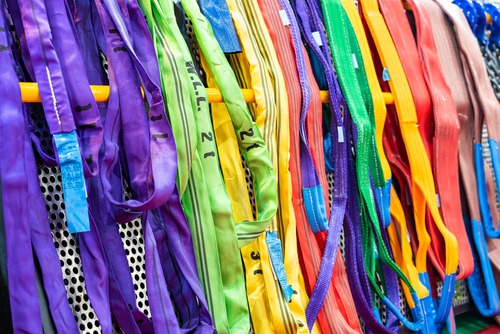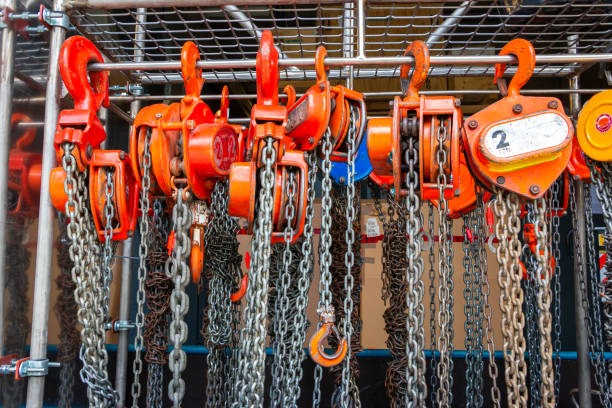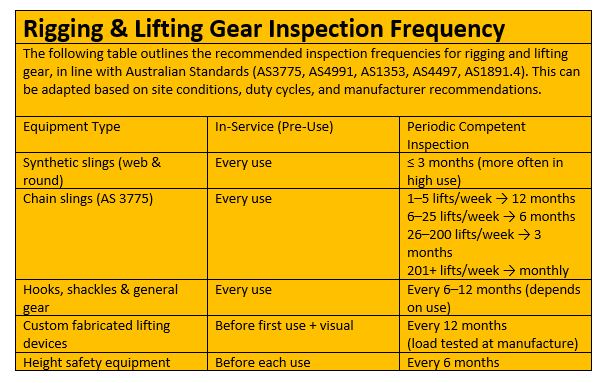How Often Should Rigging & Lifting Gear Be Inspected?
Rigging and lifting gear must undergo both pre-use visual checks and scheduled competent inspections to remain safe and compliant. Stay safe, stay compliant—partner with SLA Cranes for thorough, efficient inspection services you can trust.
9/4/20242 min read


How Often Should Rigging & Lifting Gear Be Inspected?
Ensuring rigging and lifting gear is regularly inspected isn’t just good practice—it’s a safety imperative. From slings and hooks to anchor points and chain blocks, every component plays a critical role in safe lifting operations. In this guide, SLA Cranes breaks down the inspection types, frequencies, and compliance standards essential for mining, oil & gas, and heavy industry clients.
What are the two main types of inspections?
In-Service (Pre-Use) Inspection
A visual check performed by the user before each lift, looking for obvious signs of damage like wear, cracks, broken tags, or deformities.
If any defects are spotted, the gear must be removed from service immediately and assessed by a competent inspector.
Periodic (Competent Person) Inspection
A detailed inspection carried out by a trained, competent individual—often including cleaning, load testing, tagging, documentation, and in some cases, NDT (Non-Destructive Testing).
Frequency varies with usage and condition of the gear, and must be recorded formally.
How often should different rigging gear be inspected?
This varies according to usage and the applicable standard a table is below for quick reference. Please contact us for more guidance.
What should operators look for during in-service inspections?
For synthetic slings, check for:
Legible and attached identification tags.
Cuts, abrasion, burns, or melted fibres.
Broken stitching, knots, or discoloration from UV exposure.
For all rigging gear, confirm:
Working Load Limits (WLL) tags are intact.
No deformation, cracks, corrosion, or undue wear on hooks, shackles, or similar gear.
Why do inspection frequencies vary so much?
Inspection frequency depends on several factors:
Usage intensity: More use = shorter intervals.
Environmental conditions: Dust, salt, heat, or chemicals accelerate wear.
Type of gear: Synthetic wears differently than metal; soft gear often requires more frequent checkups.
What standards govern these inspection requirements?
Relevant Australian standards include:
AS 3775 – Chain slings inspection.
AS 4497 – Synthetic (round) slings.
AS 1353 – Flat web slings.
AS 4991 – Lifting devices and engineered gear.
AS 1891.4 – Anchor points and height safety.
AS 1418, broader standards for lifting machinery.
Why choose SLA Cranes for your inspections?
Our inspections cover all lifting equipment—rigging, slings, hoists, cranes, and anchor systems—in one integrated program.
Technicians are DNV and API qualified, with experience in mining and oil & gas environments.
We provide comprehensive documentation, tagging, and site-wide compliance management.
Final Thoughts
Rigging and lifting gear must undergo both pre-use visual checks and scheduled competent inspections to remain safe and compliant. Varying equipment types, usage, and conditions demand tailored inspection schedules.
Stay safe, stay compliant—partner with SLA Cranes for thorough, efficient inspection services you can trust.





CONACT INFORMATION
ABN: 85 674 428 098












